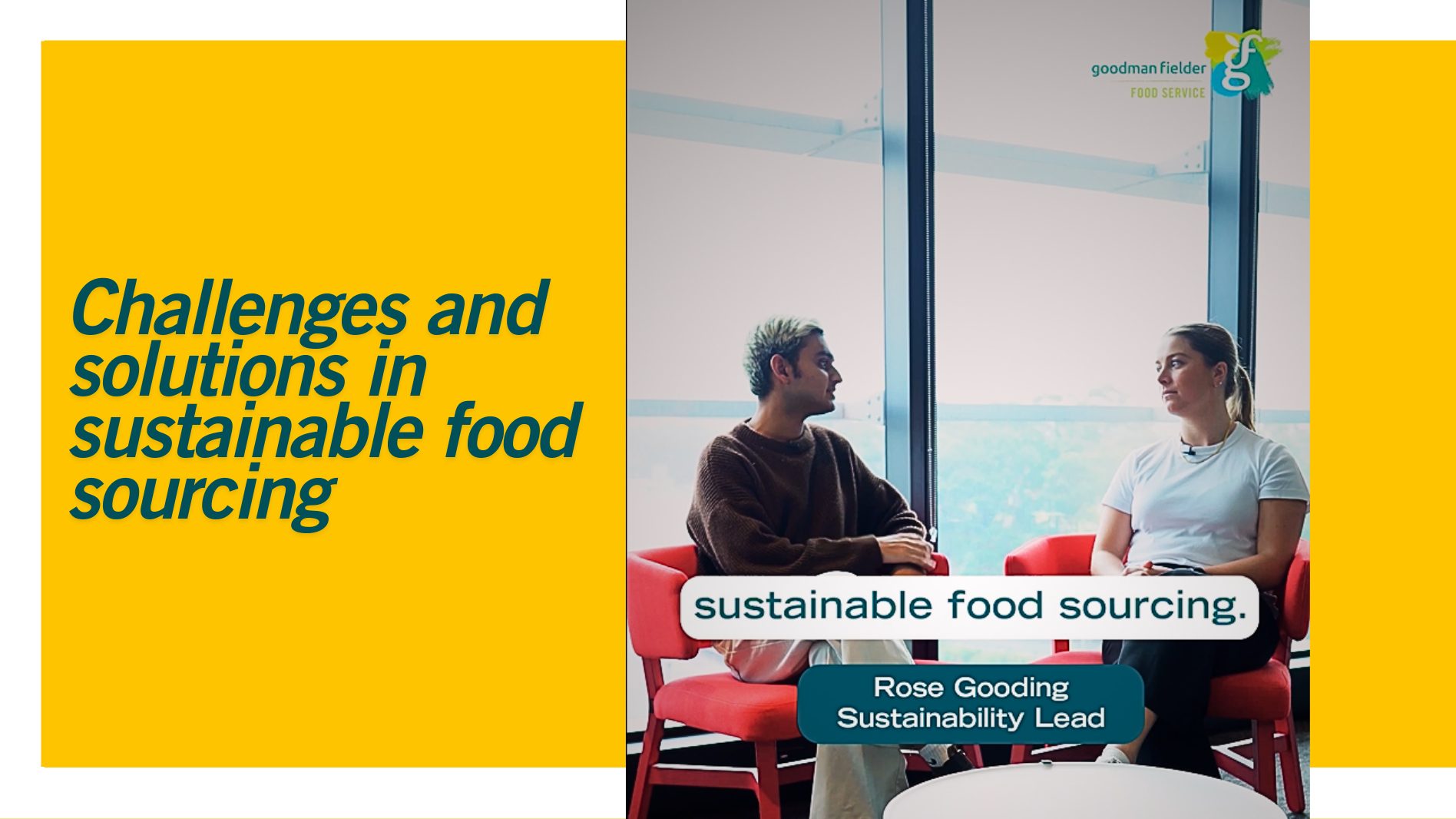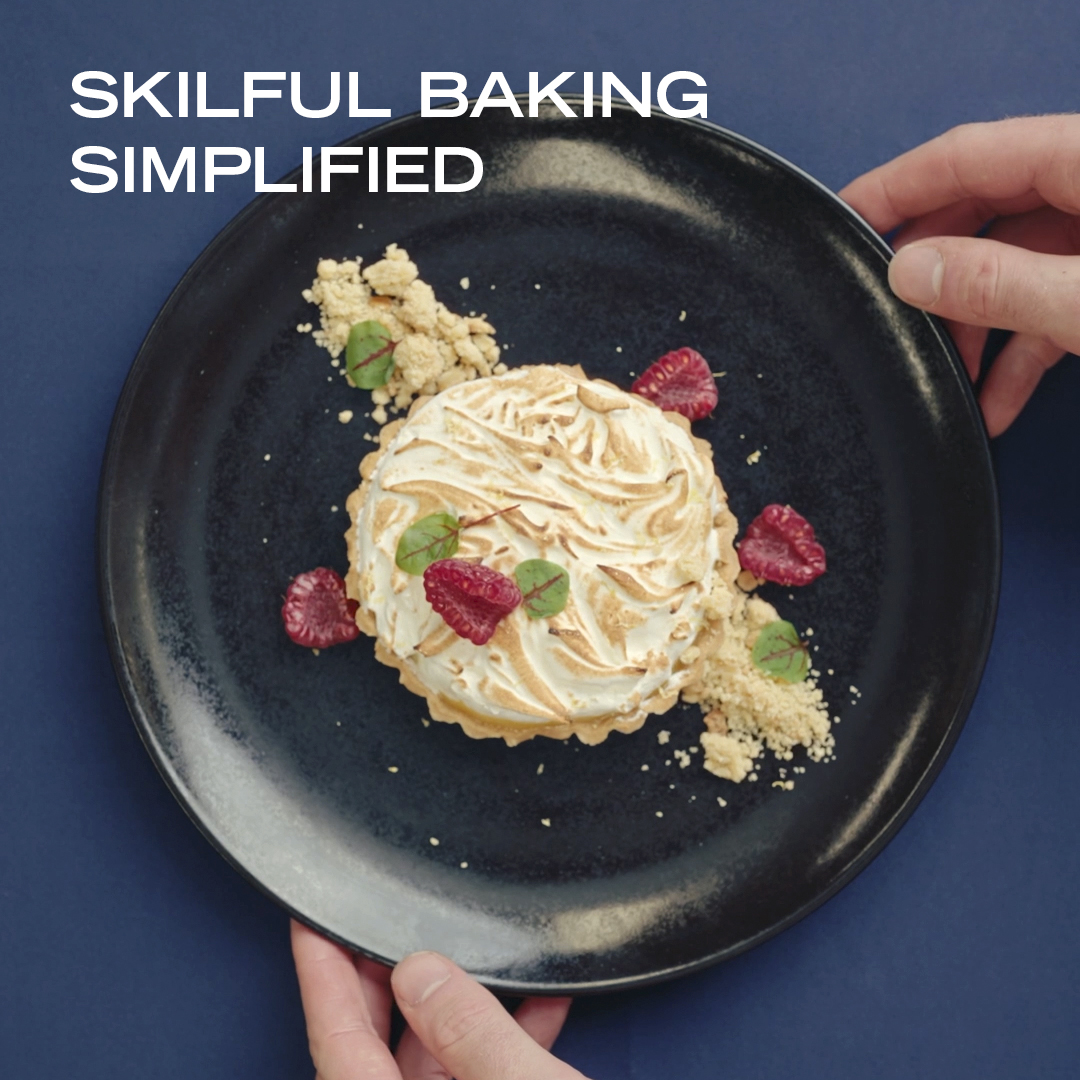Be inspired with recipes created by chefs.
Sign up for updates about products, special offers, news and promotional materials from Goodman Fielder.

Summary
When it comes to chef skills, menu management is one of the most important ones. In this article, we highlight how you can make menu management an effortless task each time the new season or latest trend rolls around.
Menu management isn’t just about pricing food correctly; it’s about ensuring you have dishes your customers know and love. It is also an opportunity for you as chefs to experiment with different techniques and flavours.
Changing your menu is an opportunity for you to see just how far you can push the culinary boundaries. But one of the most common mistakes venues make is that they set and forget their menus – leaving them to go out-of-date and become repetitive.
So when it comes to refreshing your menu, it’s important to remember that it should never be set in stone. It needs to be reviewed every time ingredient costings change, whenever new trends pop up, and even when the seasons change.
You need to remember that your menu isn’t just a list of dishes you offer to patrons. Your menu is your sales tool. It’s a guide that informs your internal processes. It’s an advertising tool to help promote products.
And as more customers continue to review menus online before making a booking, it’s the first point of contact you have with them. That’s why menu management is one of the most important priorities when operating a kitchen.
Five steps to creating your menu
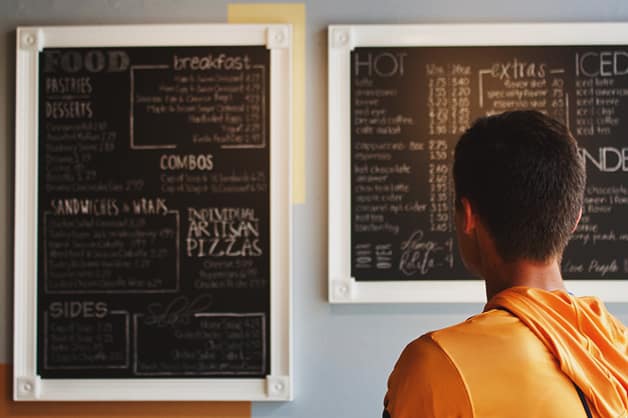
When it comes to creating a menu, there are many steps that need to be addressed. To ensure you’ve ticked all the boxes when creating or adjusting your menu, make sure you:
- Research the current market landscape and your competitors.
- Decide on the number of courses and dishes you want to offer.
- Draw a line between the courses or add a clear header, so customers know where each course begins and ends.
- Clearly price your menu.
- Date your menu so customers know when it was last refreshed.
Top tips on effectively managing your menu
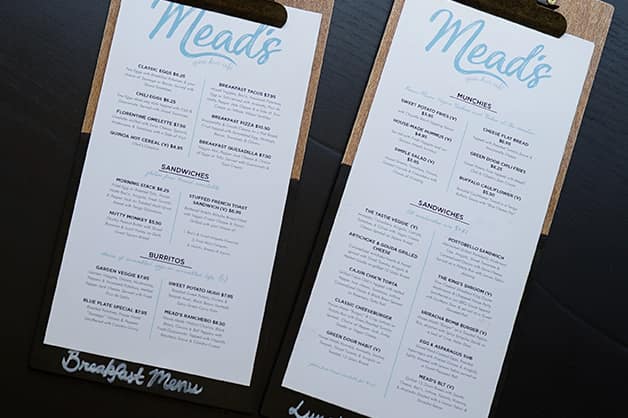
Here are the top tips to follow when it comes to menu management to ensure it’s easy, cost-effective and drives customers through your front-door.
Conduct marketing research: why knowledge is power when managing your menu
Conducting market research before making any changes to your menu ensures the changes you are proposing benefit the venue and of course your customers. That’s why understanding what your competitors are doing is an important and useful step.
As part of your market research:
- Review the menus of similar venues within close proximity to your business.
- Study the interests and values of your customers. For example:
- Are they driven by costs?
- Do a large percentage follow a vegetarian or vegan diet?
- Do they want lighter options, such as finger foods?
- Monitor what is happening on social media and the broader internet.
- Visit websites of like-minded venus and find out as much detail as possible about their menu and the ingredients they are using.
- Eat out at venues surrounding yours to gain a true understanding of what is attracting their customers.
- Determine what dish worked and what didn’t (for yourself and your competitors) to understand what to swap out and what to leave.
Find new trends and experiment with them

Regularly searching for new trends to include on your menu is an important step to ensuring your offering remains relevant at all times. Incorporating trends into your menu also helps drive demand within your venue.
Seek to identify trends that make their mark within the industry for a long period, such as online food delivery services. Some food trends that are currently moving across Australia’s hospitality industry and can be utilised on your menu include:
- Plant-based – the availability of plant-based foods has never been greater. Recently, we’ve seen the introduction of plant-based sausages, burger patties, nuggets, and cheese, as well as all kinds of milk with pea and oat milk soaring up the list.
- Fusion cuisine – this isn’t a new food trend but over the past 12 months, the demand for cross-cultural cuisines has grown dramatically, with many reports linking it to the inability to travel overseas. From Mexican-Korean to Chinese-Peruvian and more, customers find fusion foods to be exciting, flavoursome, and unexpected.
- Condiments – according to chef Vivian Howard, “cooking with condiments and sauces will be a big trend” due to its ability to add flavour to simple ingredients, making dishes “more exciting to eat”. “Plus condiments often have long shelf lives and can be stretched over a number of meals,” she told Food and Wine.
- Comfort food – dishes like pizzas, burgers, tacos and pasta are predicted to become even more popular this year as people choose comfort food to help provide a sense of comfort in the ever-changing world. “There will likely be a greater focus on stew and curry. Curry can offer so much to the diner. It’s interesting, exciting and comfortable and accessible,” executive chef Matt Greene told Food and Wine.
Save time and effort by going digital
Many venues have invested in digital tools for their online ordering systems, but why not invest in digital assets to help make menu management easier and quicker? Tools such as Doshii make adding and removing dishes a quick, seamless experience.
Run out of a dish? Simply remove it from your digital menu. Need to adjust your pricing? Do this in real-time through digital applications, saving costs of re-prints and distribution.
Going digital with your menu also allows you to add images to a dish, increasing the opportunity of selling dishes on your menu to the customers – especially those who are visual decision-makers. Fast food giant McDonalds has executed this strategy, building digital kiosks into all their locations, providing them with greater flexibility to make adjustments to their menu instantly.
The proliferation of digital tools has also helped curate applications that focus on reservations, delivery services, and menu management into a single marketplace, reducing errors, costs, and delays for executing new opportunities. It’s simple, digital menus require less time and effort updating or modifying your menu
Adjust your price to reflect the meal and the cost of produce
It’s important to ensure the prices displayed on your menu reflects the meal as a whole, not just what you want to pocket at the end of the shift. Before pricing, ensure you know exactly how much it costs to create the dish.
To accurately price your dishes, you need to identify three main points:
- Direct expenses – this is the cost of all of the ingredients needed to create the dish.
- Indirect expenses – this is all outlying costs and overheads, including rent, salaries, utilities, and advertisements. The lower the overhead, the greater the profit.
- Profit margin – targeted to be competitive and viable. According to reports, the average restaurant profit margin is around 3-5% but can broadly range from 0-15%.
The general rule of thumb regarding pricing is that your food costs shouldn’t exceed 30% of the menu price and that you should have a balance of high and low costs foods to create a reasonable profit margin.
Just like the overarching concept of menu management, it’s critical that you continually monitor the costs of ingredients as they fluctuate frequently. With the current environmental issues occurring across Australia – droughts, fires, floods, and of course COVID-19 – it’s more important than ever before to pay attention to the prices you’re paying and the price tag that’s then presented to your customers via your menu.
One product, multiple different uses: why versatility is key
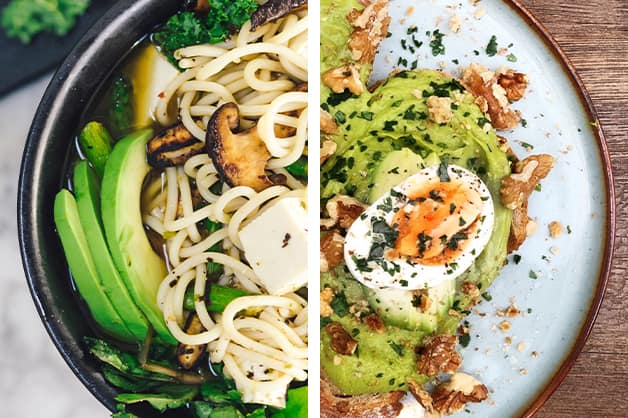
If you’re using one ingredient in one dish, you’re simply throwing away money… a lot of money in fact. That’s why it’s important to make sure every ingredient on your menu can be used across multiple dishes.
When planning out your menu, never have an item that stands alone; each ingredient should be used in at least two or three menu items to help keep your costs down. For example, if you’re offering avocado on toast to your customers, make sure it’s included in several other dishes, either as a spread for burgers or as a garnish for salads.
Reflecting on the importance of versatility, Chef Erica Trabulsi explained to Touch Bistro: “I once worked at a restaurant that used yuzu, a Japanese citrus juice, in one of their dishes. Yuzu is very expensive, and a one-litre bottle can cost $40. The dish that contained yuzu wasn’t a big seller, so we almost always had to throw away half the bottle – meaning we were throwing away $20 every month.
“You can always incorporate an ingredient into more than one recipe, or feature daily specials that use items that would otherwise go to waste. For example, the trim on your expensive beef tenderloin doesn’t have to be garbage – grind it up and make burgers or meatballs, or make a stir fry out of what you’ve trimmed off,” she advised.
Advertise your changes once you’re ready to launch
There is no point spending all this time updating your menu if you keep it under wraps from customers. Whenever you add new, tasty dishes to your offering, advertise them to your customers and potential customers.
Have a blackboard in your venue? Write your new dishes in big, colourful writing.
Have a social media account? Upload attractive imagery with a thoughtful caption detailing the new additions and why you’ve added them to your menu.
Announcing your menu changes allows you to capture the attention of customers that may have heard of your venue or in the past connected with a meal you had on offer. It also presents you with an opportunity to test new dishes you have created and see how your customers take to them.
By doing this, you are able to see how your new menu is received and if there’s a shift in your customer’s ordering behaviour. This knowledge allows you to act quickly instead of waiting two or three months.
The six questions to ask yourself once your new menu is in market
Once your menu is out in the market, it’s important to keep an eye on how it’s performing with your customers. So during the first month of your menu being available, ask yourself:
- Are the menu changes providing a positive or negative experience for customers (and why)?
- Are customers ordering the new dishes or preferring the old ones?
- Is there a clear favourite dish and a clear failure?
- Can there be any further improvements made to the menu at this point?
- Are you ahead, even, or behind your profit margin?
- Has the new menu impacted your staff’s time management and skill set?
Conclusion:
Menu management is one of the most valuable chef skills you can learn. It helps keep your creative skills flowing in the kitchen, manage costs from back and front of house and keeps things interesting for your regulars, while attracting new customers through your doors.
From researching your competitors, trends (both locally and abroad) and adjusting pricing to align with the changing cost of produce, each step will help you effectively manage your menu, your customer’s expectations and your bottom-line.

